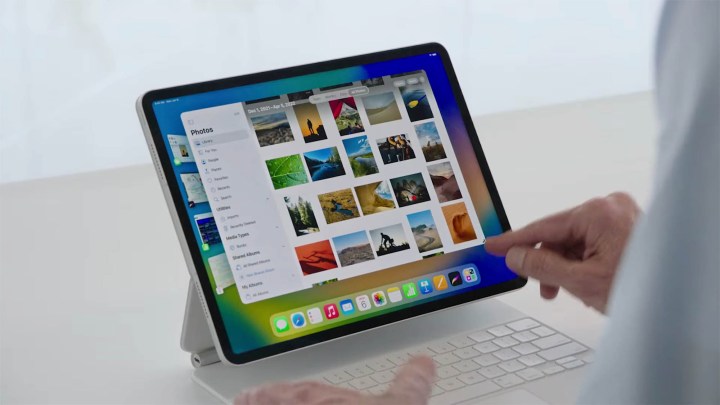With iPad OS 16, Apple is giving iPad users what they want. It’s introducing Stage Manager to be its biggest feature, a powerful windowing system for iPads that’s similar to what you’ll find on a MacBook running Ventura. The only problem? The iPad you are currently using might not be getting this feature.
Apple has shared that Stage Manager on iPad is limited to the tablets powered by the M1 chip, which means it will only work with three iPad models — iPad Pro 12.9-inch (5th generation), iPad Pro 11-inch (3rd generation), and the recently-launched iPad Air (5th generation).

As a 4th gen iPad Air user, I was excited to try the iPadOS 16 Developer Preview because I thought I’d finally be getting these long-awaited multitasking features! But to my surprise, Apple isn’t rolling out one of the most important features of iPadOS 16 for its barely two-year-old machine.
It is not just the ability to resize windows that’s missing. Stage Manager brings many more features like the center app feature that focuses on the app you are working on without occupying the full screen. You get to place this main app at the center while other apps are arranged on the left side in order of recent use. Additionally, you will not get overlapping windows (think of a typical Windows or macOS desktop arrangement), or app groupings.
While iPadOS is compatible with iPads powered by the A9 processor and newer, it’s a bummer that Apple is limiting arguably the best iPadOS feature to its latest tablets. In a way, it feels like Apple is abandoning iPads that launched two years back, which doesn’t look good for a company that takes pride in giving long life cycles to its devices.
Stage Manager isn’t the only absent feature here. If you have an iPad older than the one running on an A12 Bionic chip, you won’t be able to use the virtual memory swap feature that can expand the available memory for all apps. You’ll also miss out on the all-new dictation experience, which Apple promises to be more fluid and let you switch between voice, touch, and Apple Pencil input seamlessly.
Finally, external display support and therefore drag and drop between the iPad and the external display are limited to the iPad Pro models.
Editors' Recommendations
- Apple made an outrageous change to its new iPads
- I don’t think Apple wants me to buy the new iPad Pro
- Apple updated two of its biggest iPad apps, and they look amazing
- Apple overhauled its two best iPad accessories. Here’s what’s new
- Apple just did something amazing to the iPad




